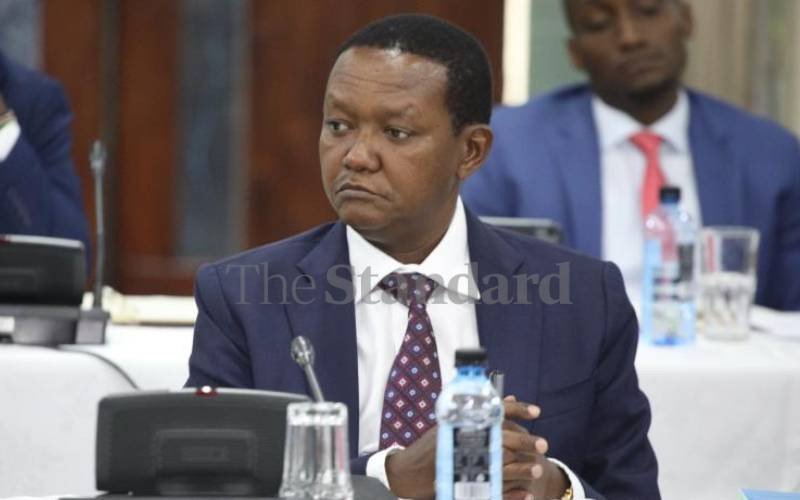Regional airline Safarilink Aviation recently embarked on an ambitious expansion plan that saw it launch operations in traditionally marginalised areas such as Lodwar and Lokichar in Turkana County.
According to Managing Director John Buckley, the introduction of these new flight routes provides an opportunity for Safarilink to support development beyond tourism. Business Beat spoke to Mr Buckley on his firm’s plans to open up Northern Kenya’s economic potential. Excerpts:
What has been the response so far on the new routes in Northern Kenya?
The response has been tremendous; far better than we expected as passenger numbers are way ahead of our forecast.
What was the rationale for commencing operations to Lokichar?
There were two main reasons for adding Lodwar and Kapese to our existing route network.
First, the downturn in tourism during the year has obviously negatively affected us, as over 80 per cent of our business is tourist related. Hence, we had capacity to start a new route that would make us less dependent on the ups and downs in the tourism sector.
Second, there is ongoing exploration for oil and water, plus wind turbine projects in the Turkana area, and all of these will stimulate the local economy and mean greater numbers of business people wanting to travel to the region. Going by road is a long, tiring and sometimes dangerous option, so flying on a reliable scheduled service is the obvious solution.
What are the prospects of operating commercial flights?
For many years, we have been providing daily, scheduled services to places such as Nanyuki, Lamu, Diani and Kilimanjaro, which in addition to tourists, are utilised by residents going to and from ‘home’, or businessmen visiting these places. The Lodwar and Kapese service will be the first route where we expect tourists to be the minority.
Do you plan to open up more routes in other parts of the country like JamboJet is doing?
We are continually looking at the possibility of expanding our network by adding new routes. However, we need to find niche routes that have enough passenger potential to warrant a daily service but are not served by large commercial carriers — there aren’t many such routes. In fact, we would welcome any suggestions!
What is your business model? Are you a low-cost carrier?
Let me start by saying that we are definitely not a low-cost carrier (LCC), as to be one you have to operate on routes with high passenger volumes that justify several frequencies a day and enable you maximise the utilisation of your aircraft. You should also only provide a basic service, with add-on charges for anything extra, such as checked luggage.
As stated earlier, the majority of our routes are tourist related into game parks, and the passenger volumes are low. Thus, we operate smaller aircraft flying only during daylight — there are no landing lights in game parks — so our aircraft utilisation, by necessity, is far lower than that of a LCC.
Stay informed. Subscribe to our newsletter
Hence, I guess that our business model is best described as a ‘scaled down’ conventional carrier operating a specialised route network with unique operational challenges.
What is your outlook for the tourism industry in the region?
The recent ‘softening’ of the UK travel advisory gives me real hope that other countries will soon follow this lead, and tourist numbers will gradually increase in the months ahead.
However, any recovery could be blown off course by another security concern or incident, so it’s a case of keeping fingers crossed at the moment.
[email protected]
 The Standard Group Plc is a
multi-media organization with investments in media platforms spanning newspaper
print operations, television, radio broadcasting, digital and online services. The
Standard Group is recognized as a leading multi-media house in Kenya with a key
influence in matters of national and international interest.
The Standard Group Plc is a
multi-media organization with investments in media platforms spanning newspaper
print operations, television, radio broadcasting, digital and online services. The
Standard Group is recognized as a leading multi-media house in Kenya with a key
influence in matters of national and international interest.
 The Standard Group Plc is a
multi-media organization with investments in media platforms spanning newspaper
print operations, television, radio broadcasting, digital and online services. The
Standard Group is recognized as a leading multi-media house in Kenya with a key
influence in matters of national and international interest.
The Standard Group Plc is a
multi-media organization with investments in media platforms spanning newspaper
print operations, television, radio broadcasting, digital and online services. The
Standard Group is recognized as a leading multi-media house in Kenya with a key
influence in matters of national and international interest.








